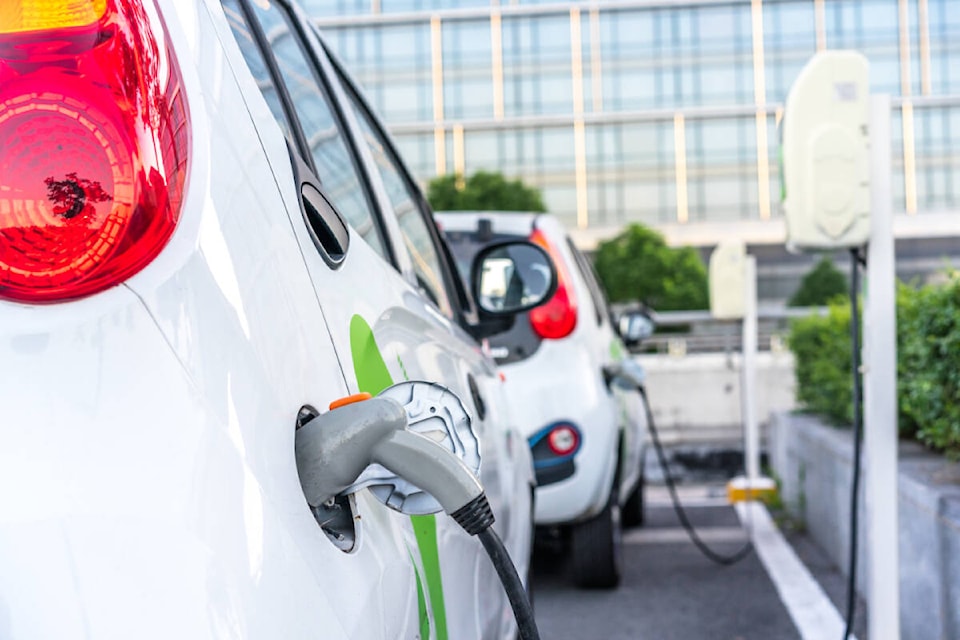By Blair Qualey
The (NCDA) takes seriously, research that may help illustrate or inform the significant challenges the sector has faced over the last two years. These challenges have had a significant impact on the ability of dealers to meet new vehicle demand.
Dunsky Energy and climate advisors recently released a that was commissioned by Transport Canada and provides a snapshot of Zero Emission Vehicle (ZEV) availability at automotive dealerships across Canada, captured in March 2022. And while many of the facts are not a revelation, providing some level of context would have been helpful in telling the story that exists beyond the data.
ItтАЩs important to note at the outset that the reporting period for this report covers a very difficult time frame in the market for the auto sector and consumers, as supply chain issues were at their peak, and new vehicle inventory of all model types, was very limited.
The report highlights that in March 2022, 82 per cent of dealers did not have ZEVs in stock. While that is correct, what is missing is the context that details how, during this period, most dealers had NO inventory at all тАУ not just ZEVs.
Irrespective of the market composition and consumer preference, the report includes dealers from cities and towns where almost 100 per cent of the new vehicle market consists of pickup trucks. The problem being, in March of 2022, no ZEV pickups had been introduced to the market. So again, context suggesting dealers didnтАЩt have access to this vehicle type would have been helpful.
The reportтАЩs authors also suggest the тАЬthe lack of availability of ZEVs continues to be a challenge across Canada and raises question about whether ZEV sales in Canada would be higher if these vehicles were more readily available.тАЭ Speaking from the perspective of British Columbia dealers, it is safe to suggest that ZEV sales would be higher if there was greater inventory. In fact, with all due respect to the studyтАЩs authors, this is a rather obvious conclusion.
There is no question that new vehicle inventory continues to be a challenge, but we expect those challenges will start to subside through 2023 and into 2024. Establishing greater inventory for dealers will be important if B.C. is to remain on pace to meet ambitious targets that require 90 per cent of all new light-duty vehicle sales in the province be ZEVs by 2030 тАУ and an ultimate goal of 100 per cent by 2035.
Buying a new car is an exciting time and consumers obviously want the transaction to occur as quickly as possible. Our dealers are as frustrated as consumers, but both will require patience as the industry gradually returns to some level of normalcy.
Blair Qualey is President and CEO of the New Car Dealers Association of BC. You can email him at bqualey@newcardealers.ca



